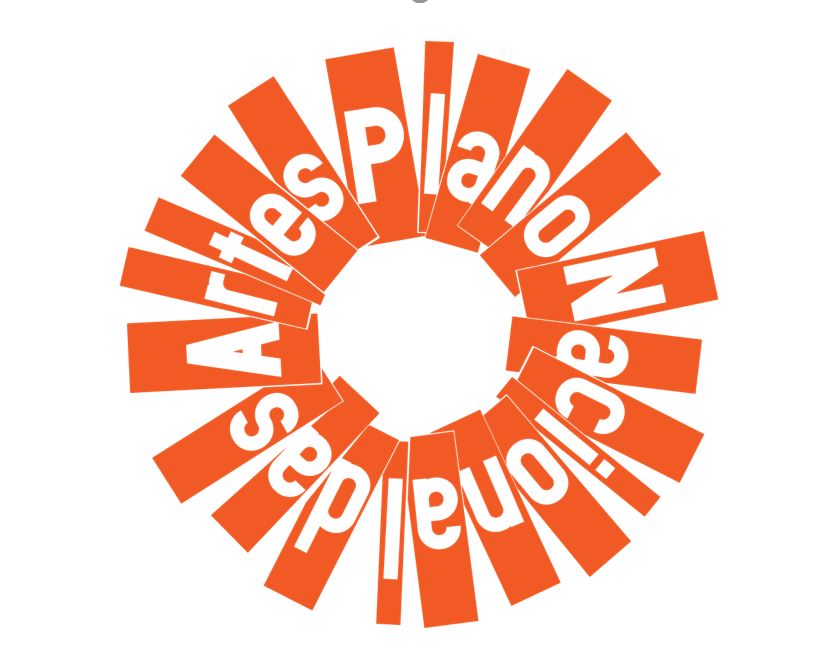
07 Dec Footprints | Partnership with Plano Nacional das Artes
SQx Dance Company is partnering with Plano Nacional das Artes to develop a new interactive performance program that targets children and youth from ages 5-18 years old. This new program has the working title Footprints and will use dance to reflect and raise awareness about the amalgamation of environmental sustainability and cultural heritage.
We aim to investigate new ways to bring dance to isolated communities to:
- Develop fresh ways of presenting arts-based community-development projects to isolated communities in Canada
- Revise our existing programs interactive architecture, which we have used for 10 years in Interactive Dance Awareness Program, Anti-Bullying Movement Program, & AIP.
- Investigate how we can apply green mobility to our performance programs by using a sustainable hybrid format (both digital & physical) to continue to reduce our carbon footprint but still provide specialized art programming for vulnerable youth without internet access.
SQx will be in residency from April-May 2023 with 14 schools of the Plano Nacional das Artes on São Miguel Island, Terceira Island, São Jorge, Pico Island, Faial Island, and Santa Maria Island.
PNA is a network of schools across the republic of Portugal & Portuguese diaspora. We’re excited that even before the residency, they’re looking forward to continuing this grassroots Açores project to other places in their network: not only in Mainland Portugal & Madeira, but also Mozambique, Angola, São Tomé & Príncipe, East Timor.
- Ensure citizens’ access to artistic enjoyment and cultural production, correcting inequalities in this access (social, economic or territorial).
- Ensure the centrality of the arts and heritage in lifelong learning – because education will only be complete if it integrates the cultural and artistic dimension.
- Strengthen, with artists and cultural institutions, the awareness of their educational dimension and their social impact.
- Raise awareness of the value of cultural heritage as a factor of cohesion and belonging, and of the arts as promoters of the integral formation of the citizen.
- Promote collaboration between artistic agents, the educational community and other stakeholders, in order to design teaching and learning strategies that promote an integrative curriculum, without walls between the School and its surroundings.
- Support initiatives that stimulate individual and collective creation, bringing together artists and non-artists, and promote the circulation of these works in the national territory so that they can be experienced by a greater number of citizens.
- Produce resources and pedagogical strategies supported by the arts and heritage that promote the transversality of the curriculum.
- Promote the recognition of the value of cultural differences and dialogue between cultures; as well as the importance of the diversity of voices, territories and resources.
- Continuously monitor and evaluate the results and impact of programs and measures, for a more appropriate analysis of reality, adapting the future steps of the Plan according to this evaluation.


